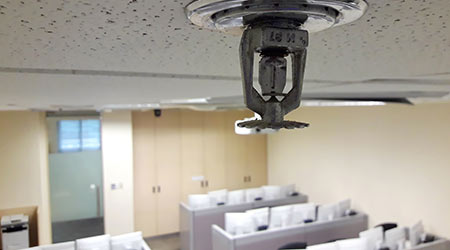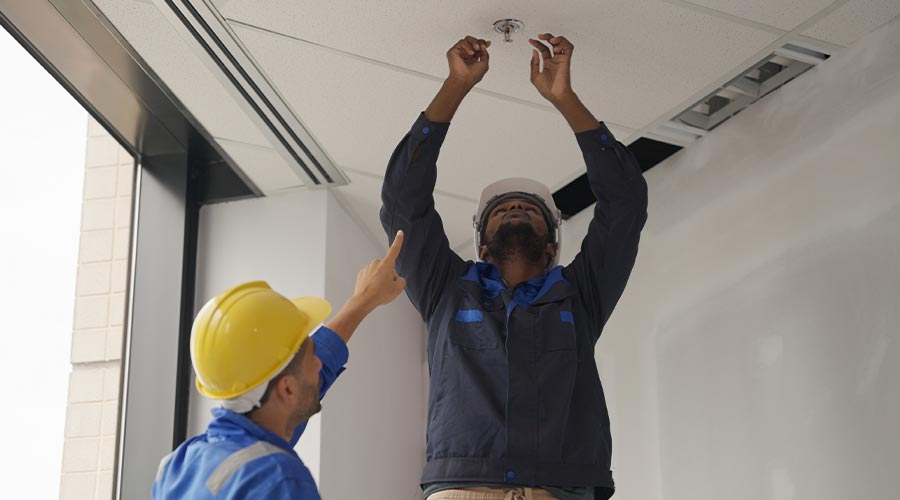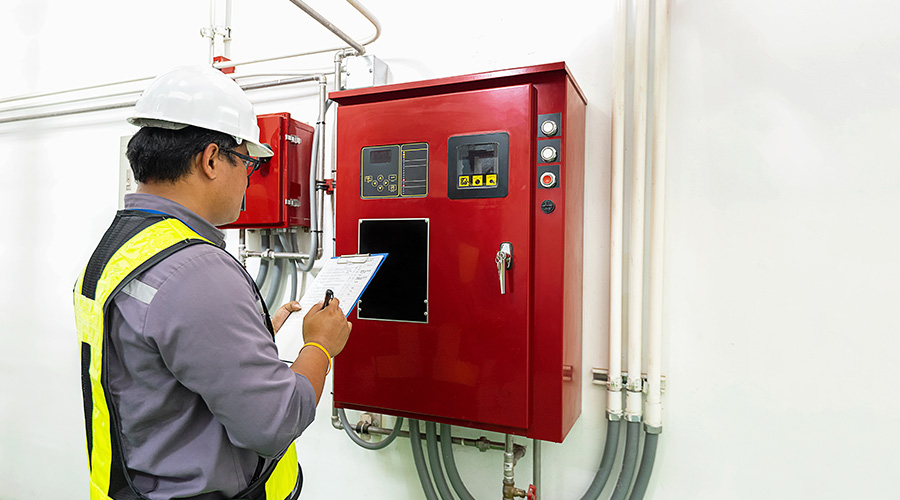Fire Protection: Effectively Performing ITM
Attention to frequency, staffing and scheduling can ensure successful management of fire and life safety systems
Another challenge that managers face when it comes to ITM is balancing the cost and risk of using in-house staff with hiring a licensed contractor to perform the work. While it is convenient to use people already on staff, doing so can take away from other tasks within the facility and might require additional certifications, licenses or training.
For example, NFPA 72 requires the fire alarm system to be tested by operators with certification by the National Institute for Certification in Engineering Technologies , which requires working knowledge of fire alarm systems and the ability to pay for and pass a standardized test.
By comparison, NFPA 80 only requires the persons performing testing on fire doors to be knowledgeable. For those working in health care, this topic has been hotly debated for the last few years until recent clarifications from Centers for Medicare & Medicaid Services.
NFPA 80 defines a qualified person under section 3.3.95 as “a person who, by possession of a recognized degree, certificate, professional standing, or skill and who, by knowledge, training and experience, has demonstrated the ability to deal with the subject matter, the work or the project.” This definition clearly allows anyone with knowledge of the subject and the skills to perform the work required without any recognized training, although training might be beneficial. Managers also should check with local authorities to verify whether or not they have adopted any specific certification or training requirements for ITM of specific fire protection and life safety systems.
Related Topics:















